Farm irrigation systems play a vital role in crop production. Irrigation helps to improve crop growth by supplying plants with the necessary amount of water, especially in areas where rainfall is scarce or unevenly distributed. Ineffective irrigation can lead to water waste, low crop yield, and economic loss. To address these issues, HDPE (high-density polyethylene) hose pipes have become increasingly popular in farm irrigation. In this article, we will explore the benefits of HDPE hose pipe in farm irrigation.
HDPE (High-Density Polyethylene) hose pipe for farm irrigation is a type of hose specifically designed for agricultural irrigation purposes. It is made from high-density polyethylene material, which provides several advantages for farm irrigation applications.
HDPE hose pipes are known for their durability, flexibility, and resistance to chemicals, UV radiation, and weather conditions. These properties make them suitable for use in demanding agricultural environments where the hoses may be exposed to sunlight, extreme temperatures, and various chemicals present in irrigation water or fertilizers.
The smooth inner surface of HDPE hose pipes helps maintain efficient water flow, reducing friction and pressure loss. The flexibility of the hose allows for easy installation, even in challenging terrains, and makes it convenient for maneuvering around obstacles in the field.
HDPE hose pipes for farm irrigation are available in different sizes and lengths to suit various irrigation systems and requirements. They can be used for transporting water from a water source (such as a well, pond, or reservoir) to irrigation sprinklers, drip lines, or other irrigation equipment in the field.
Overall, HDPE hose pipes for farm irrigation are a reliable and cost-effective solution for ensuring proper water distribution and efficient irrigation practices in agricultural operations.
Specification
HDPE hose pipes for farm irrigation come in a variety of specifications to suit different applications and requirements. Here are some common specifications for HDPE hose pipes used in farm irrigation:
Specification | Description |
Diameter | 1/2 inch (12.7 mm) to 4 inches (101.6 mm) |
Pressure Rating | 80 PSI to 200 PSI (or higher) |
Length | 100 feet (30.48 meters), 200 feet (60.96 meters), 300 feet (91.44 meters), or custom lengths |
Material | HDPE (High-Density Polyethylene) |
Color | Black (other colors may be available) |
Fittings | Couplings, elbows, tees, valves, adapters, etc. |
Advantages of HDPE Hose Pipe for Farm Irrigation
1. Resistance to damage and wear: Irrigation systems are generally installed underground or covered, making the system susceptible to damage. However, HDPE hose pipes are designed to resist damage and wear, making them a durable solution in agricultural irrigation systems. They can also withstand changes in temperature and climate, making them suitable for use in all seasons.
2. Flexibility: HDPE hose pipes are flexible, making them easy to install and maneuver around obstacles. This flexibility reduces the time and the cost of installation.
3. Low friction loss: HDPE hose pipes have very low friction loss compared to other materials commonly used in irrigation systems such as PVC. This low friction loss reduces pressure drop, making them more energy-efficient, and helps to increase the irrigation system's overall performance.
4. Chemical resistance: HDPE hose pipes are highly resistant to chemicals commonly used in agriculture, including fertilizers and pesticides. This resistance makes them ideal for use in farming and animal husbandry where there is a need to transport chemical solutions.
5. Recyclable: HDPE hose pipes are environmentally friendly as they are recyclable and require less energy to produce than other materials. They also have a longer lifespan than most other materials, reducing the need for frequent replacement.
Best Practices for Installing and Using HDPE Hose Pipe in Farm Irrigation
1. Proper Bedding: HDPE hose pipes should be installed in a proper bedding to prevent damage and avoid movement. The soil in which the pipe is placed should be stable and free from rocks or sharp objects that can puncture or damage the pipe. A bedding of sand or fine gravel is ideal.
2. Proper Jointing: Jointing of HDPE hose pipes should be done according to the manufacturer's recommendation and made to prevent any leakage during operation.
3. Proper Installation: HDPE hose pipes should be installed in a straight line, without any twists or turns which could cause high pressure on the pipe and result in damage. The installation should be done in such a way that the pipe is not subject to ground movements.
4. Proper Maintenance: After installation, the HDPE hose pipe should be checked regularly for damage, leaks, and blockages. Proper maintenance practices such as flushing the system regularly should be adhered to.
5. Proper Use: HDPE hose pipes should be used according to the intended purpose and as recommended by the manufacturer. Overworking the hose pipe and exceeding recommended pressure limits can cause damage to the pipe, resulting in leaks or bursts.
How to construct
The steps of constructing HDPE farmland irrigation hose (HDPE Hose Pipe) are as follows:
Before construction, it is first necessary to plan and design to determine the layout and pipeline direction of the farmland irrigation system. Consider the size and shape of the field, the location of the water source, and the water demand of the crops to develop a detailed irrigation system design plan.
Clear the construction area, make sure the farmland is level and remove any obstacles. Check soil conditions and drainage to ensure good drainage and avoid flooding situations.
Using the survey tool, mark the route and location of the irrigation pipes. Determine the starting point and end point of the pipeline according to the design plan, and determine the position of the branch line and branch.
According to the climate and soil conditions in the area, determine the buried depth of the HDPE hose. In general, irrigation hoses are buried deep below the ground to protect the hose from damage, usually between 12 and 18 inches (30 and 45 centimeters).
Using the proper tools, dig a trench or trench to accommodate the HDPE hose. Make sure the groove width and depth are suitable for the size of the hose and allow enough space for the installation and connection of the hose.
Lay the HDPE hose in the trench, cut the hose and connect the pipes as needed. Use proper joints and fittings, such as flanges, sockets, elbows, etc., to ensure that pipe connections are secure, airtight and leak-free.
Secure the hose to the bottom or side of the trench with fixtures such as clips or tie ties to ensure that the hose does not move or deform during use.
After completing the plumbing installation, perform a pressure test and a water leak test to ensure that the plumbing system is functioning properly and that there are no leaking issues. Debug the irrigation system to ensure that the water flow is uniform and the irrigation range covers the required area.
The excavated soil is filled back into the trench and leveled to ensure the ground returns to its original state. Perform necessary finishing and finishing to make the construction area look tidy and safe.
During construction, follow local building codes and safety requirements. Seek professional advice and assistance if needed to ensure proper construction and installation of HDPE farm irrigation hose systems.
How to calculate the amount of HDPE Hose Pipe for Farm Irrigation?
Calculating the amount of HDPE irrigation hose (HDPE Hose Pipe) needs to consider the following factors:
Determine the desired irrigation system design flow, usually measured in gallons per minute (GPM) or liters per hour (LPH). It depends on crop type, soil conditions and irrigation needs.
Select the appropriate HDPE hose diameter and length. Generally speaking, the diameter selection of irrigation hose should be based on the design flow rate and the maximum working pressure of the system.
consider the friction loss of the pipe, which is caused by factors such as the inner diameter of the pipe, the material and length of the pipe. According to the friction loss and water demand of the system, choose the appropriate HDPE hose size and length.
Consider the shape, size and layout of the irrigation area to determine the HDPE hose length and connections required. Measure the irrigation area and mark the route of the hose to ensure accurate calculations.
For example:
Suppose we want to design a farm irrigation system in which 2 inch (50.8 mm) diameter HDPE hose is used. Based on the size of the field and the water requirements of the crops, we determined a design flow of 200 GPM (gallons per minute).
According to the maximum working pressure and friction loss requirements of the system, select the appropriate HDPE hose specification, assuming we have chosen a rated working pressure of 100 PSI (pounds per square inch).
According to these parameters, we can calculate the amount of HDPE hose. First, determine the length of the hose. Assuming the field is 500 feet (152.4 meters) long and 200 feet (60.96 meters) wide, the total length of the hose would be the perimeter of the field, which is 500 + 500 + 200 + 200 = 1400 feet (426.72 meters).
Next, we need to calculate the number of hoses needed. Assuming the length of each hose is 100 feet (30.48 meters), then we need 1400 / 100 = 14 HDPE hoses.
Note that this example is for illustration purposes only and actual calculations may vary depending on actual requirements and system design. In actual application, please make sure to carefully consider the design requirements of the irrigation system, and refer to the technical data and guidelines provided by the HDPE hose supplier to calculate the accurate dosage.
FAQ
Q1: What is HDPE hose pipe?
A1: HDPE (High-Density Polyethylene) hose pipe is a type of flexible tubing made from high-density polyethylene material. It is commonly used for farm irrigation systems due to its durability, resistance to chemicals and UV radiation, and flexibility.
Q2: What are the advantages of using HDPE hose pipe for farm irrigation?
A2: HDPE hose pipe offers several advantages for farm irrigation, including excellent durability, high strength, resistance to corrosion and abrasion, flexibility for easy installation, and long lifespan. It is also lightweight, which makes handling and transportation easier.
Q3: What is the recommended application for HDPE hose pipe in farm irrigation?
A3: HDPE hose pipe is commonly used for various farm irrigation applications, including water distribution, crop irrigation, sprinkler systems, and drip irrigation. It can effectively transport water from a water source to the fields or crops.
Q4: What sizes are available for HDPE hose pipe for farm irrigation?
A4: HDPE hose pipe for farm irrigation is available in a range of sizes, typically ranging from small diameters of 1/2 inch (12.7 mm) to larger diameters of 4 inches (101.6 mm) or more. The specific size needed will depend on the flow requirements and the irrigation system design.
Q5: Is HDPE hose pipe resistant to chemicals and fertilizers?
A5: Yes, HDPE hose pipe has excellent resistance to a wide range of chemicals, including fertilizers, pesticides, and other agricultural chemicals. This makes it suitable for farm irrigation where exposure to such substances is common.
Q6: Can HDPE hose pipe withstand high water pressure?
A6: Yes, HDPE hose pipe is designed to withstand high water pressure. The pressure rating of the pipe will depend on its specific size and thickness. It is important to choose a hose pipe with a pressure rating that meets the requirements of your irrigation system.
Q7: Is HDPE hose pipe easy to install?
A7: Yes, HDPE hose pipe is relatively easy to install due to its flexibility and lightweight nature. It can be easily cut to the desired length, connected with fittings, and secured in place using clamps or connectors. Proper installation techniques should be followed to ensure a reliable and leak-free connection.
Q8: Does HDPE hose pipe require regular maintenance?
A8: HDPE hose pipe generally requires minimal maintenance. However, regular inspection for any signs of wear, damage, or blockage is recommended. Flushing the pipe periodically to remove debris or sediment buildup is also beneficial for maintaining optimal flow.
Please note that the above FAQs provide general information about HDPE hose pipe for farm irrigation. It is important to consult the manufacturer's guidelines, local regulations, and specific requirements for your farm irrigation system to ensure proper installation and usage.
Conclusion
HDPE hose pipes are versatile, durable, and easy to install, making them the ideal choice for farm irrigation systems. They offer excellent resistance to wear and chemicals, and, importantly, are recyclable, making them environmentally friendly. The installation and use of HDPE hose pipes in farm irrigation require proper jointing and installation practices, regular maintenance, and adherence to pressure limits. By following these guidelines, farmers can enjoy the full benefits of using HDPE hose pipes in their farming operations.
969.webp)
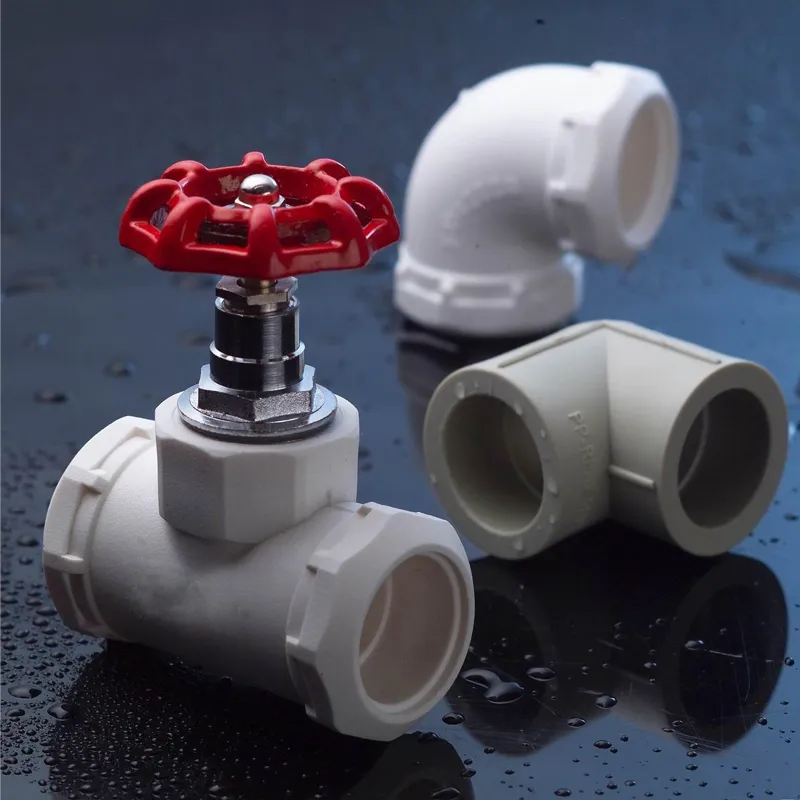
219.webp)
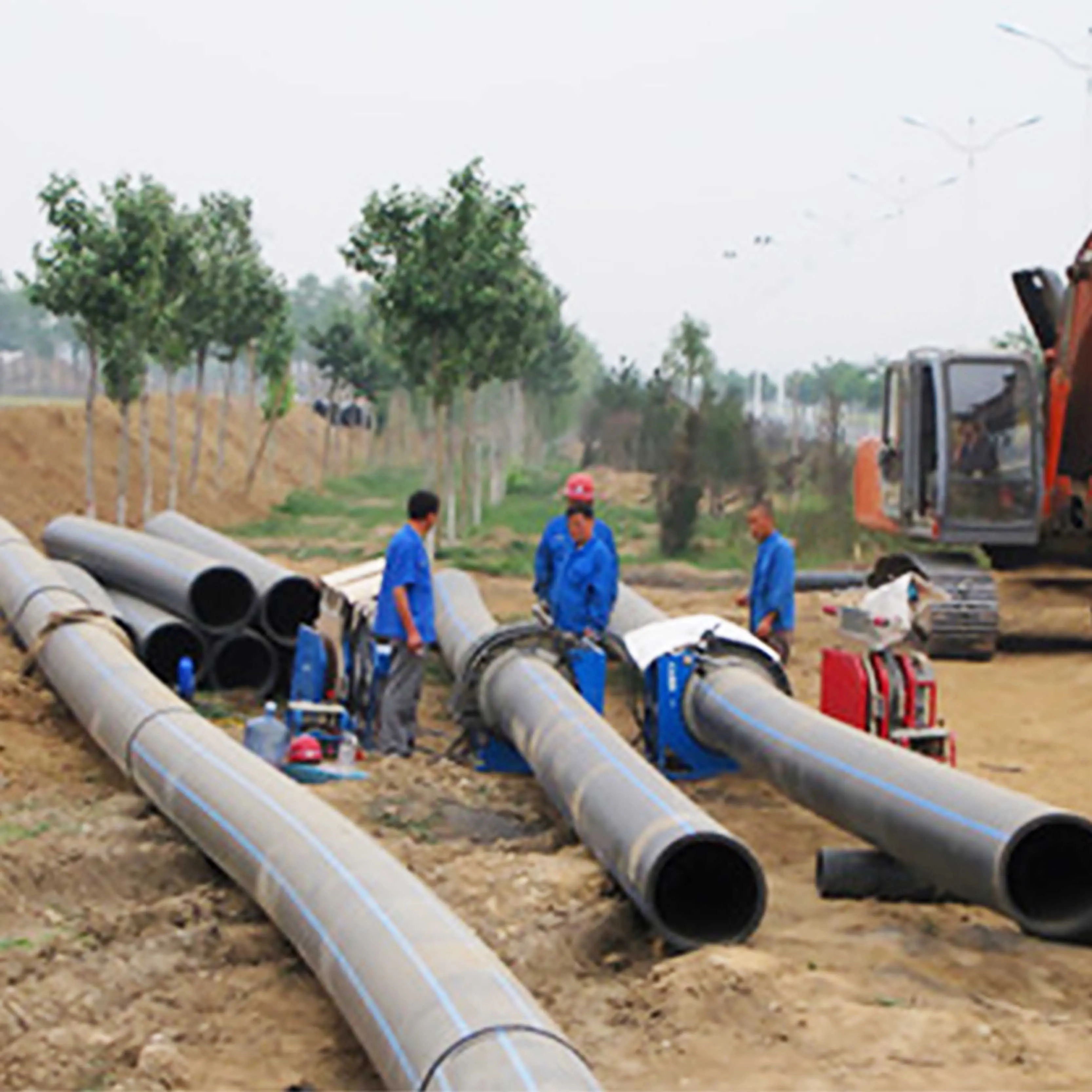
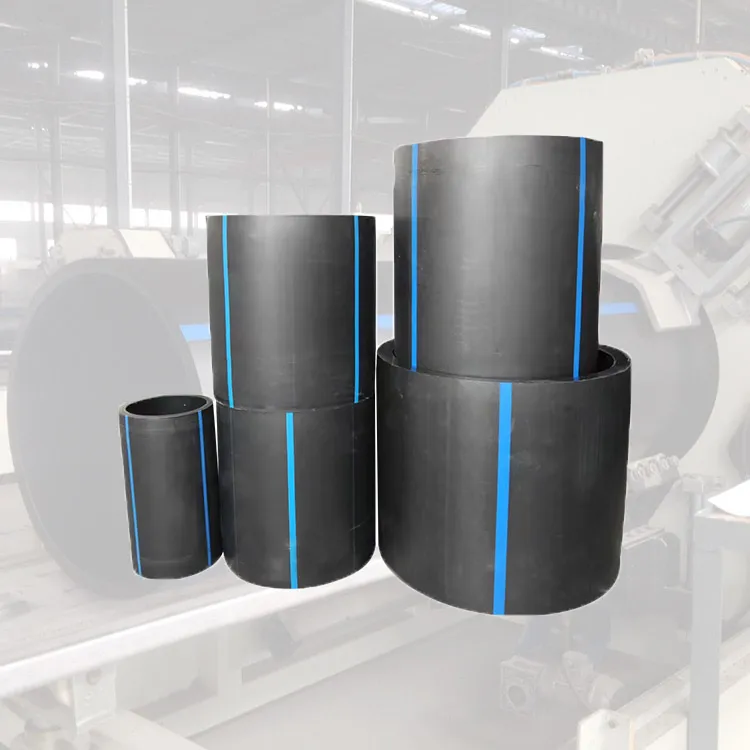
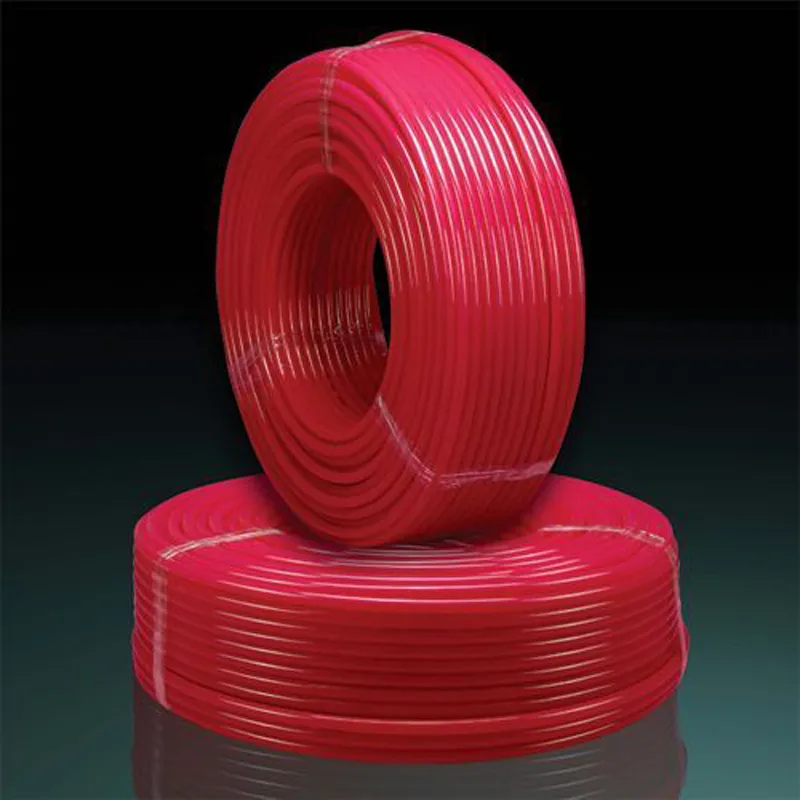
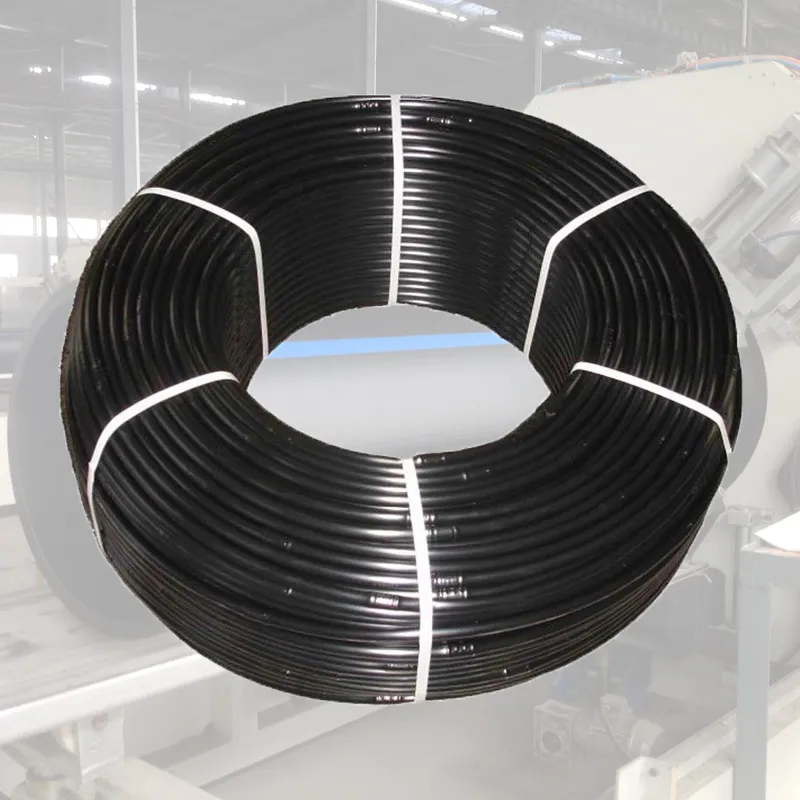
659.webp)
210.webp)
328.webp)

294.webp)
476.webp)
420.webp)
146.webp)


